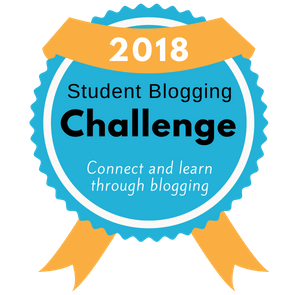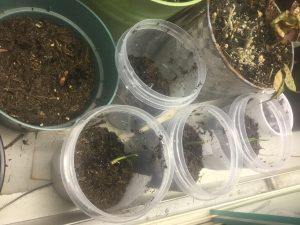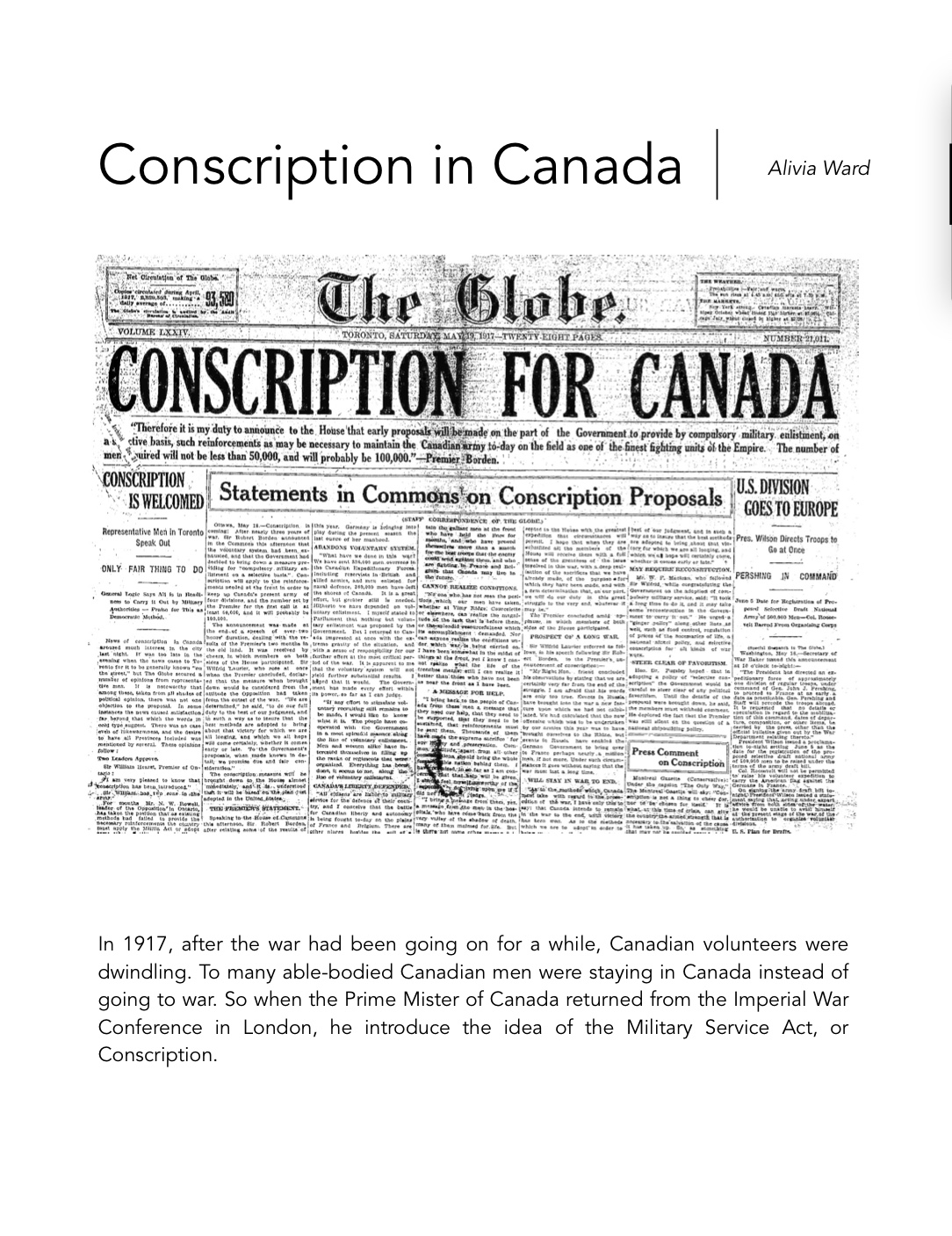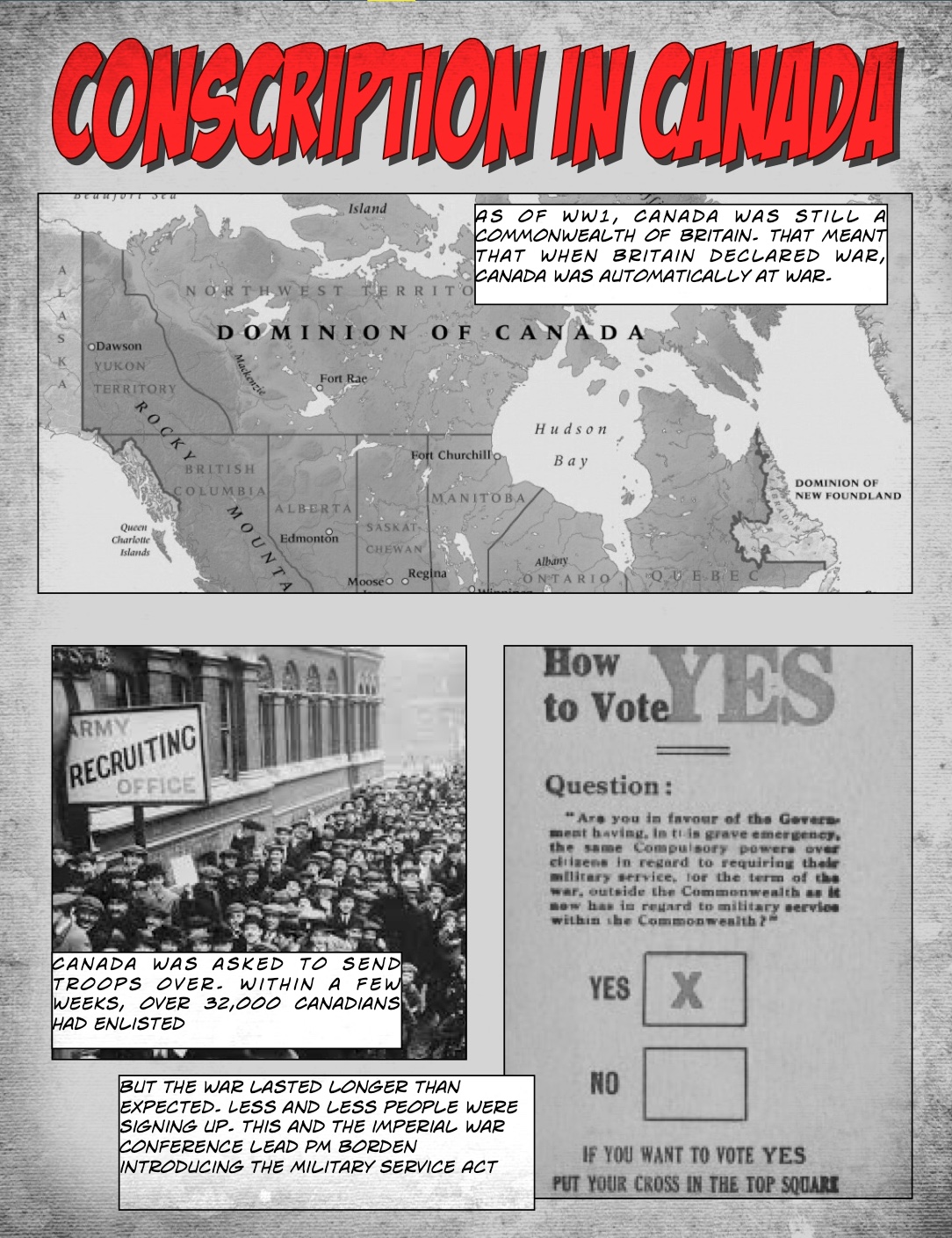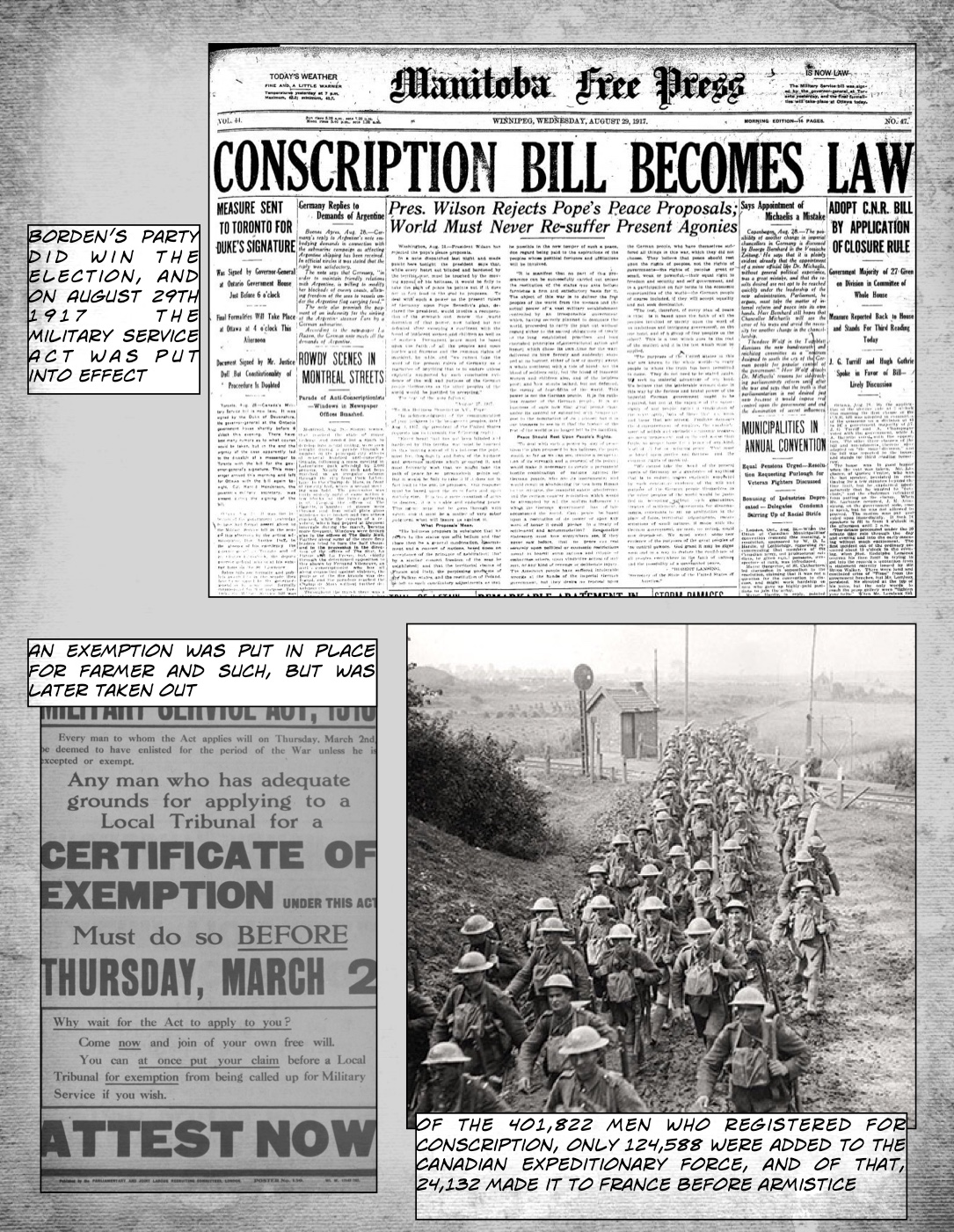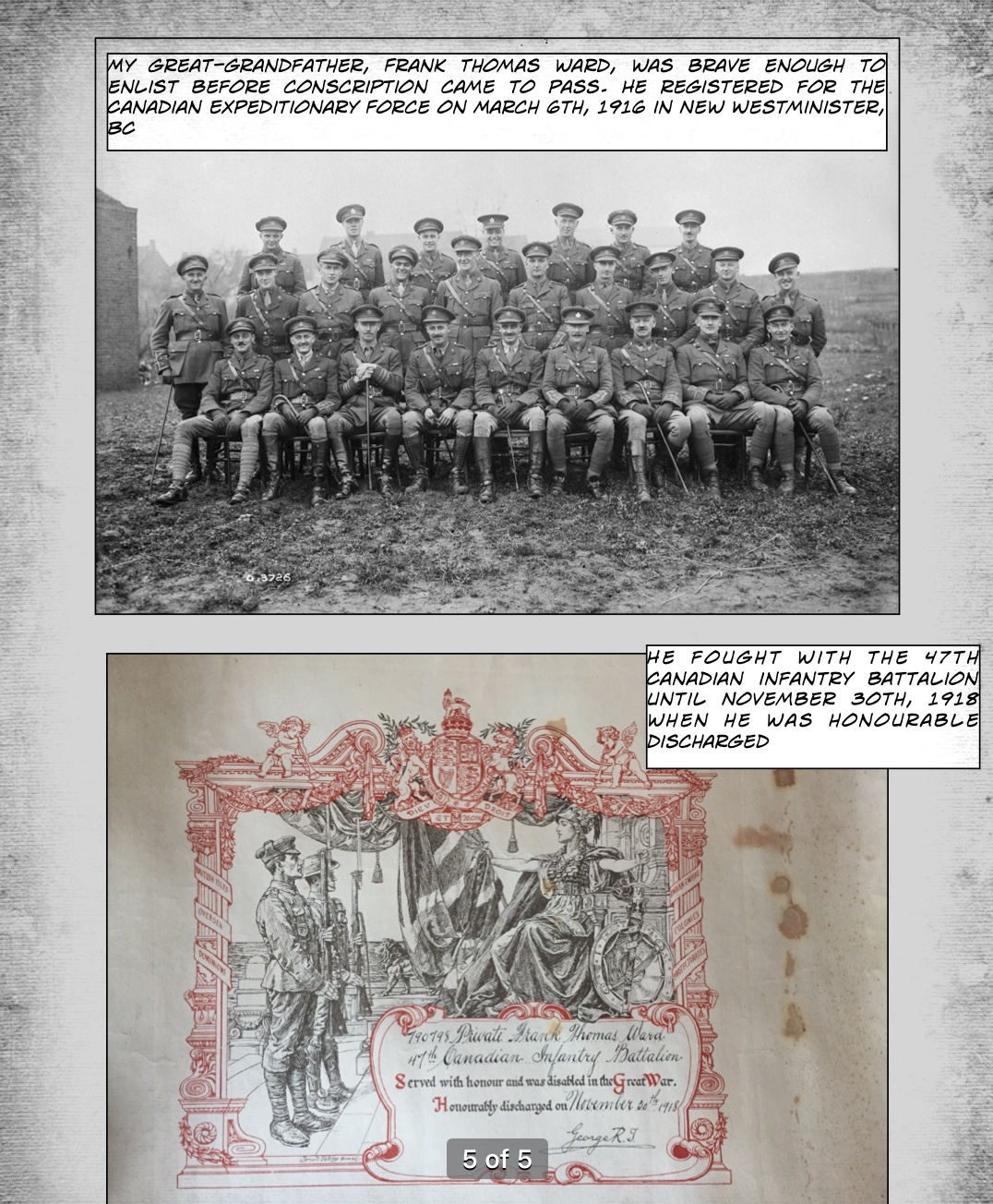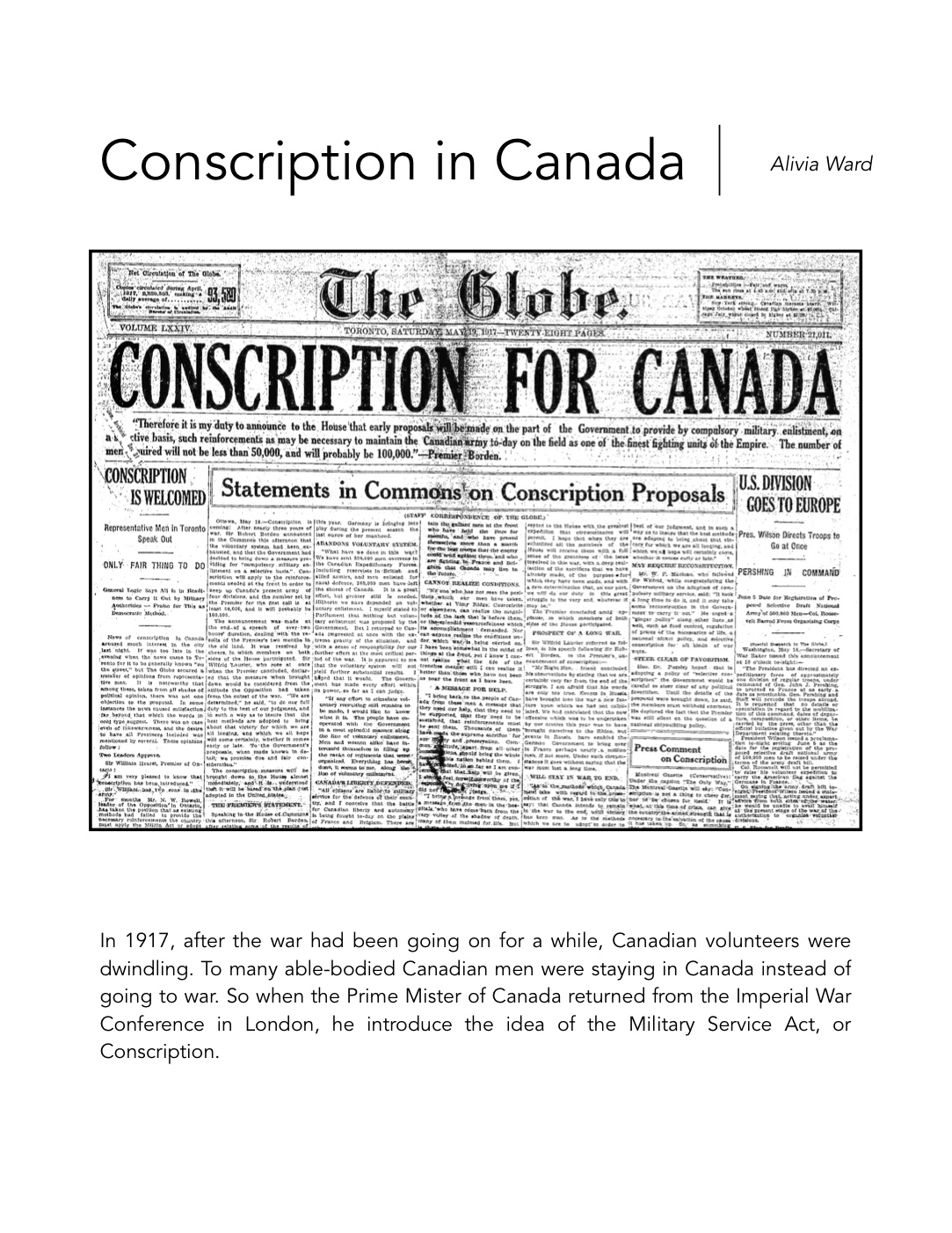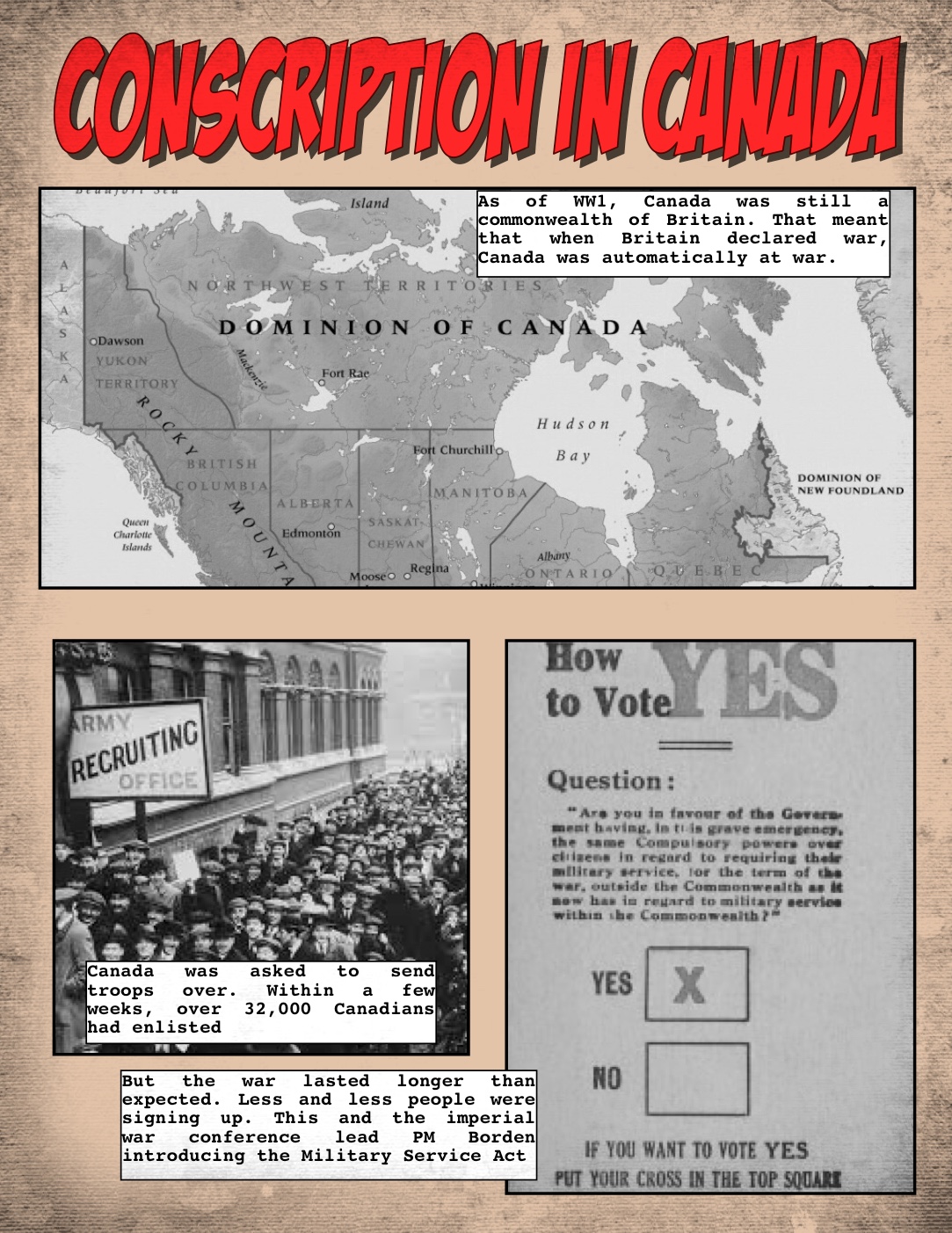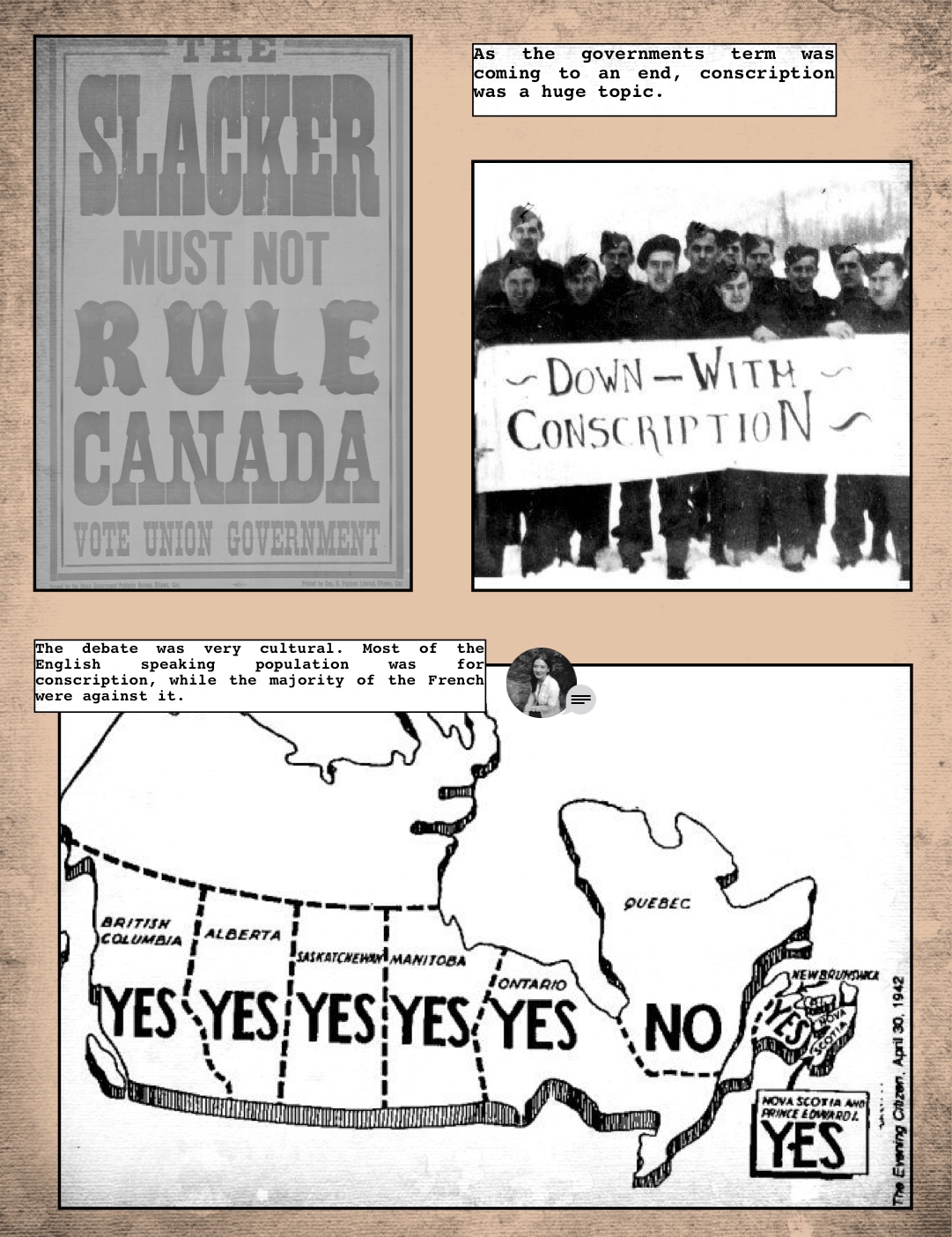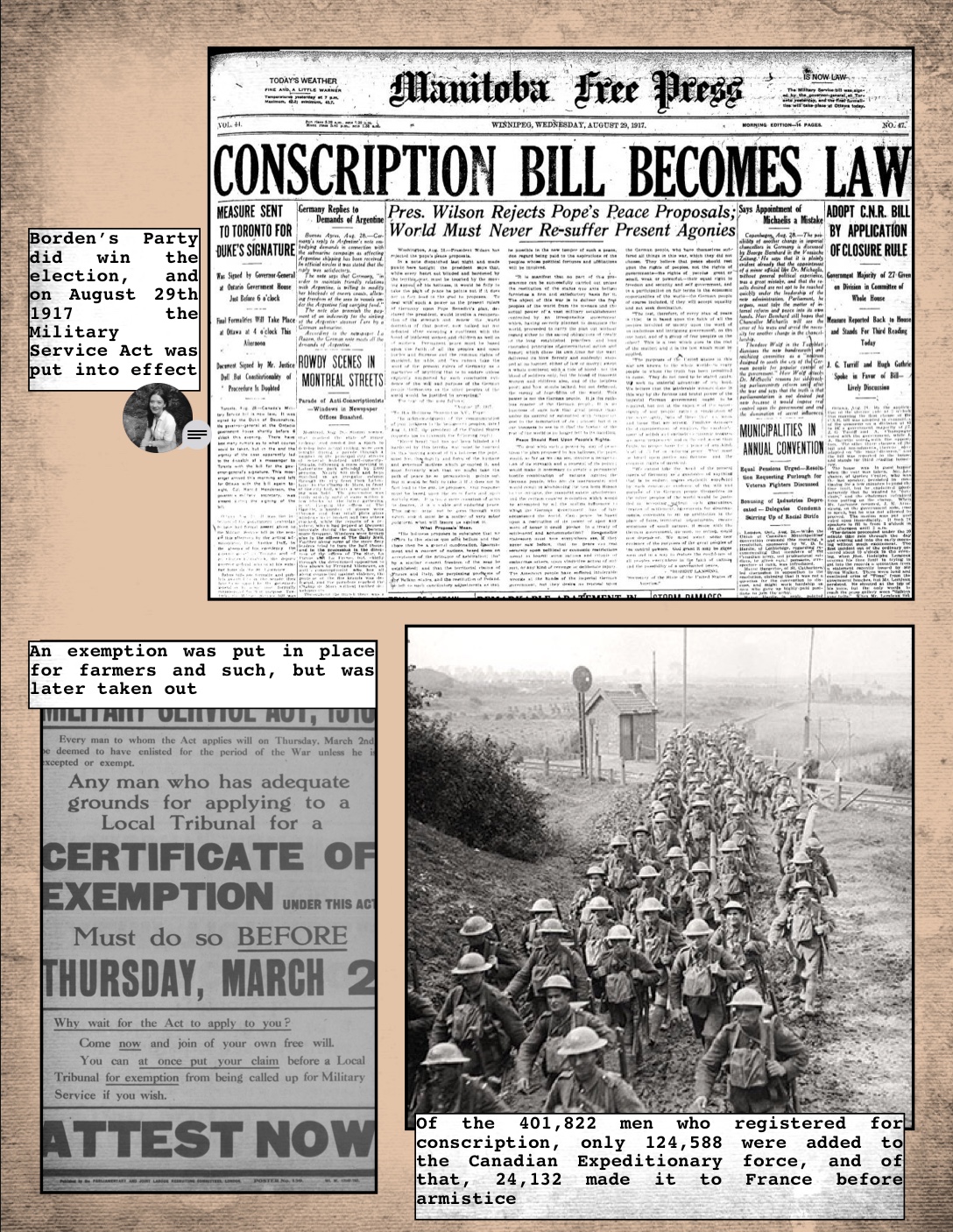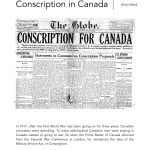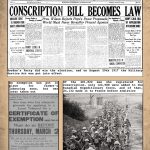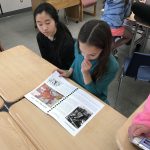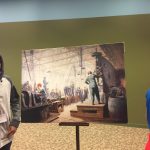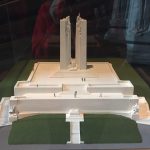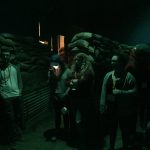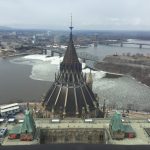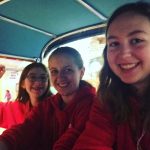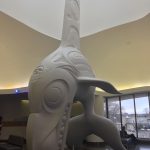I added the wrong link for Week 6 of the Student blogging challenge. Click here for my Week 6 SBC post.
In science 9, we had to learn about reproduction. I warn you now, run for the hills.
We started off the unit by watching a video of someone giving birth. I, luckily, wasn’t there for that class, so I wasn’t scarred. We then went on to learning about the different forms of reproduction.
There are two different forms of reproduction; asexual and sexual. With asexual reproduction, the offspring is identical to the parent, and any other offsprings. The advantage of reproducing this way is that if you have created something absolutely amazing, you can create more exactly the same. The disadvantages of reproducing this way are that any bad qualities will be duplicated, and there is no room for adaptation. Sexual reproduction also has its ups and downs. The advantages of reproducing sexually are that certain traits from each parent can be combined to create something even better, and there’s a higher chance of adaptation. The disadvantages of reproducing this way are that the offsprings will not be identical to either parent, or other offsprings. Also, two parents are needed, which can sometimes prove difficult.
To learn about this, as we do in PLP, we had to reproduce things asexually. We started off with dandelions.
First, we went out and dig up dandelions. The large roots we then cut up and planted them. But the thing was, when we first put them in the planter thing, it was way to hot. Our dandelions did not make it (tear).
But that was not our only time to try this. We also had to choose another plant to clone. GARLIC!!!
To do this, we had to get the original garlic plant we wanted to clone. Once we had that, we split apart the cloves and chose 4 to plant; a big clove, a medium clove, a small clove, and a tiny clove. These were planted in four different containers and put outside. Now, we waited. Nothing happened for a while, then bam. They stared to shot up. But then, disaster struck.
Some awful people came on the weekend and completely dumped out our and another groups plants. Our plants were resilient, though. We were able to save all 4 plants, and move on to our next step.
The final project for this unit was to make a research proposal video, where we asked for money to reproduce garlic sexually. I wrote the script for this, but then I had to leave. The rest of my group filmed and edited the video, and I think it turned out really great!
I learned a lot from this project. I am still working on my group work skills, and this was a great project to do that with. I also had to learn to work with setbacks, like our dandelions not growing. I had a lot of fun with this project, and I can’t wait to try our garlic (pertaining to the fact that I am taking them home and planting them in my garden!).
